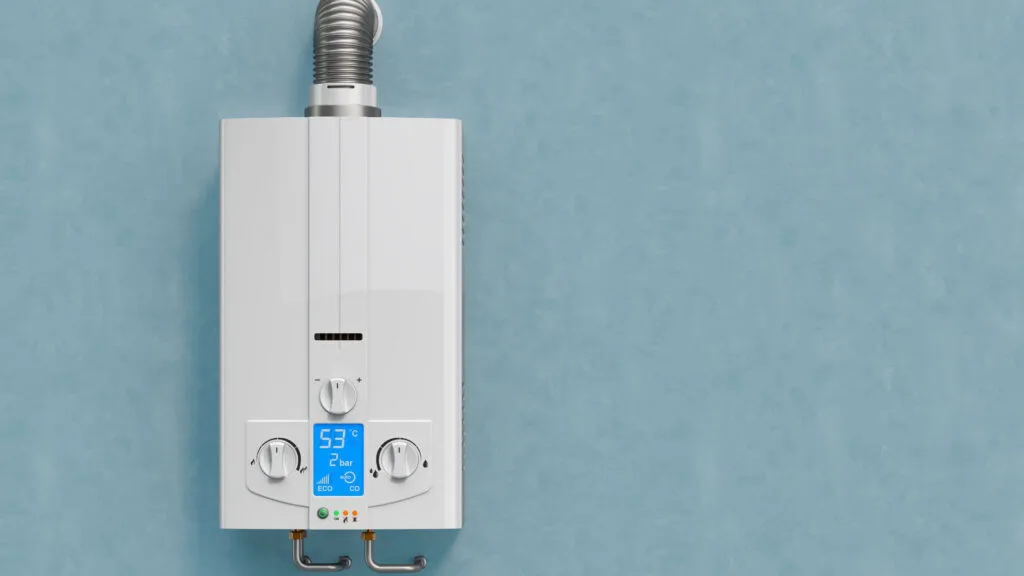Imagine waking up one cold winter morning, all bundled up in your warmest pajamas, only to be greeted by ice-cold water coming out of your showerhead. The realization sinks in – your water heater is not working. A malfunctioning water heater can quickly turn an inconvenience into a full-blown emergency. But fret not! In this guest post, we will explore the top 10 speedy fixes for tackling water heater repair emergencies.

1. Check the Power Source
When encountering a water heater issue, one of the first things to do is check if it is receiving power. Start by inspecting the circuit breaker or fuse box connected to the unit. If you find a tripped breaker or blown fuse, simply reset it and see if that resolves the problem. If you live in Ohio and hire professionals for Ohio water heater repairs, they will do this step.
2. Inspect the Pilot Light
For gas-powered water heaters, checking the pilot light is crucial. Ensure a steady flame is present at the pilot light assembly; otherwise, relight it as per manufacturer instructions. If unsuccessful after multiple attempts, it may be time to call a professional plumber for further assistance.
3. Test the Thermostat Settings
If your water doesn’t heat up properly despite having power and a functioning pilot light, examine the thermostat settings on your unit. It’s possible that they have been inadvertently set too low or turned off entirely due to human error or electronic glitches. Adjusting them correctly might just save you from an unnecessary panic!
4. Assess Temperature and Pressure Relief Valve (TPR) Issues
The temperature and pressure relief valve (TPR) prevents excessive pressure buildup within your unit. It acts as a safety feature for preventing potential hazards like explosions or scalding hot bursts of water. If you observe insufficient hot water supply or excessive pressure-release activity from this valve, then it may be defective and require replacement.
5. Clear Out Sediment Accumulation
Mineral sediment buildup is a common culprit for reduced water heater efficiency. Over time, sediments can settle at the bottom of your tank, creating a barrier between the heating elements and the water. This insulation prevents effective heating and results in lukewarm or cold water. Flushing out this sediment regularly can prevent such issues from occurring.
6. Perform Anode Rod Maintenance
Anode rods are essential components that protect your water heater from rusting by sacrificing themselves instead. Inspecting and replacing these rods when they wear out is crucial for extending your unit’s lifespan and ensuring efficient water heating.
7. Address Leaks
Leaking around your water heater’s top, bottom, or connections not only leads to wasted water but also indicates potential system failure. If you encounter pooling water near your unit, contact a professional plumber immediately to diagnose and address the issue promptly before it worsens.
8. Deep Dive Into Dip Tube Failure
The dip tube on your water heater carries cold water from the top to the bottom for efficient heating. However, if this tube becomes brittle or breaks off inside the tank, you’ll experience reduced hot water quantities since fresh incoming cold water mixes with already heated water continuously during usage.
9. Troubleshoot Heating Element Problems
In electric-powered heaters, problems with the heating elements usually cause inadequate hot water production or none at all. If you suspect an issue with these critical components, consider utilizing a multimeter to test them for continuity or call a professional for assistance in identifying and replacing faulty parts.
10. Upgrade to a More Efficient Model
After exploring various repairs and trying quick fixes without success, it may be time to consider upgrading to a more energy-efficient model – especially if your unit is old or past its prime. Investing in newer technology will provide you with consistent hot-water delivery and result in long-term cost savings through enhanced energy efficiency.
Top 10 Speedy Fixes for Water Heater Emergencies
Water heater repair emergencies often catch homeowners off guard and leave us longing for those cozy, hot showers we take for granted. Remember to start by ensuring your unit has power and inspecting the pilot light. Check the thermostat settings, relieve excess pressure, and clear out sediment accumulation regularly. Don’t forget to maintain anode rods, address leaks promptly, and troubleshoot dip tubes and heating elements if necessary. Finally, consider upgrading to a more efficient model if all else fails.

Jessi is the creative mind behind The Coffee Mom, a popular blog that combines parenting advice, travel tips, and a love for all things Disney. As a trusted Disney influencer and passionate storyteller, Jessi’s authentic insights and relatable content resonate with readers worldwide.
